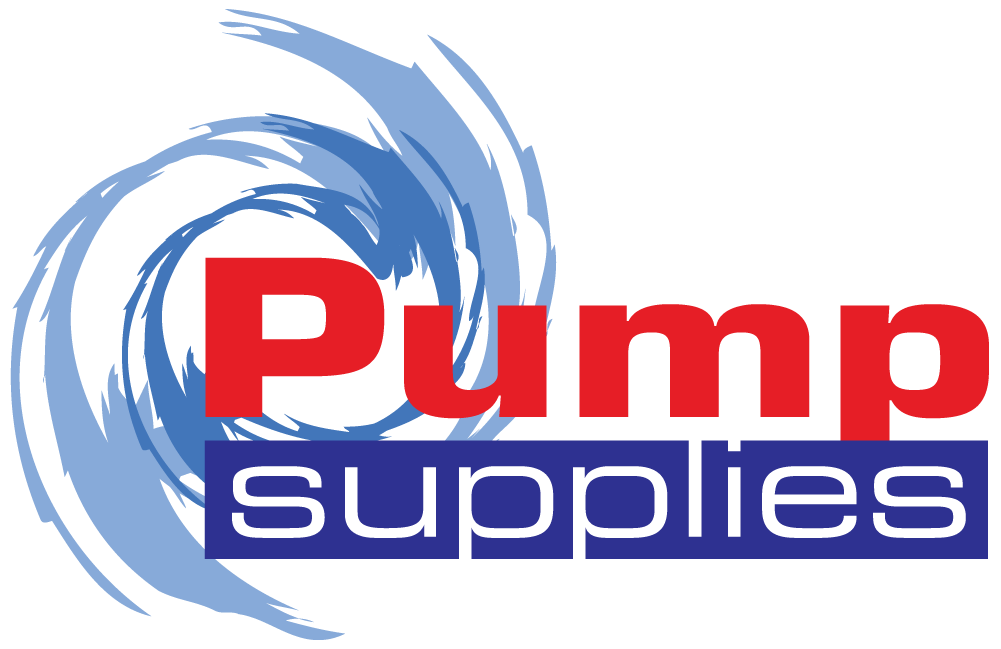
When most people think of sewage pumping stations, they think of the large, imposing structures that dot the landscape near major urban areas. While these stations are undoubtedly important, many smaller-scale operations play a vital role in keeping our sewage systems running smoothly. This blog post will look at some of the different types of sewage pumping stations and discuss their importance.
What Is Sewage Pumping Stations
Sewage Pumping Stations (SPS) move sewage from lower to higher elevations. The stations pump raw sewage and wastewater into pipes transporting the waste to a treatment plant or other disposal site. SPSs are an essential part of the public infrastructure and are often located in rural areas where there is no other way to move sewage.
Types Of Sewage Pumping Stations
Before moving to maintain the sewage pumping stations, let’s have some basic ideas on sewage pumps. First, let’s find the types of sewage pumping stations. There are three types of sewage pumping stations: dry-well, wet-well, and pre-cast. Each type has its advantages and disadvantages.
Dry-well sewage pumping stations
Dry-well sewage pumping stations are the most straightforward and economical option. They consist of a single pump housed in a concrete or steel chamber installed below ground level. The disadvantage of dry-well stations is that they can only be used in areas where the soil is sufficiently compact to support the weight of the pump.
Wet-well sewage pumping stations
Wet-well sewage pumping stations are more expensive but offer greater flexibility since they can be used in any soil. They consist of a large underground tank that stores wastewater until the pump can process it. Wet-well stations are also less likely to clog since the wastewater is constantly circulated.
Pre-cast sewage pumping stations
Pre-cast sewage pumping stations are the most expensive option, but they offer excellent durability and reliability. They are made from concrete or fiberglass and are designed to withstand severe weather conditions.
Maintaining Sewage Pumping Station
It is essential to have a regular maintenance schedule for your sewage pumping station to minimize the chances of these problems occurring. Some of the tasks that should be included in your plan are:
- Cleaning the pump and filters: This helps ensure that the pump operates efficiently and does not get clogged.
- Checking the power supply: Make sure that there are no broken wires or faulty equipment that could cause a power outage.
- Testing the pump: Run it at different flow rates to ensure it functions correctly.
- Inspecting the suction and discharge lines: Ensure they are clear of debris and other obstructions.
- Checking the float switch: This device turns the pump on and off, so it is important to ensure it works correctly.
Following these tips can help ensure that your sewage pumping station operates appropriately and minimizes the risk of problems.
Sewage Pumping Station Benefits
There are many benefits to having a sewage pumping stations. Here’re some of the benefits of sewage pumping station:
- It ensures that the wastewater is adequately treated before it’s released into the environment.
- It also helps reduce the burden on treatment plants, which can often become overwhelmed during peak hours.
- It protects the public health by preventing raw sewage from flowing into streets and waterways.
So if you’re looking for a way to improve your community’s wastewater infrastructure, consider investing in a sewage pumping station. It’s an essential piece of infrastructure that can significantly impact your community.
Sewage Pumping Station Problems
Problems with sewage pumping stations can cause significant disruptions to the community. Some of the most common issues include:
- Pump failure: If the pump fails, sewage will go back into homes and businesses.
- Power outages: A power outage can disable the pump, leading to a sewage backup.
- Clogged pumps: If the pump becomes clogged, it will not be able to move sewage effluent. This can lead to a backup and contamination of the local water supply.
- Surge damage: A sudden increase in flow can overload the pump, causing it to fail or even explode.
Sewage Pumping Station Repairs
If your sewage pumping station needs repairs, it is important to contact a qualified professional as soon as possible. Standard maintenance may be required, including replacing the pump, fixing a broken pipe, or repairing a damaged tank.
If you can perform some basic maintenance tasks yourself, here are a few things that you can do to keep your sewage pumping station in good condition:
- Check the pump for signs of wear and tear and replace it if necessary
- Inspect the hoses and fittings for leaks and damage and replace them if necessary
- Monitor the level of liquid in the tank and add more if needed
- Clean the tank and filters regularly
If you have any questions about the maintenance of your sewage pumping station or if you need to schedule a repair, please get in touch with us.
Conclusion
Maintaining your sewage pumping station is essential for protecting public health and ensuring the system operates smoothly. Following the simple steps outlined in this article, you can keep your station in good condition and avoid costly repairs or replacements.



